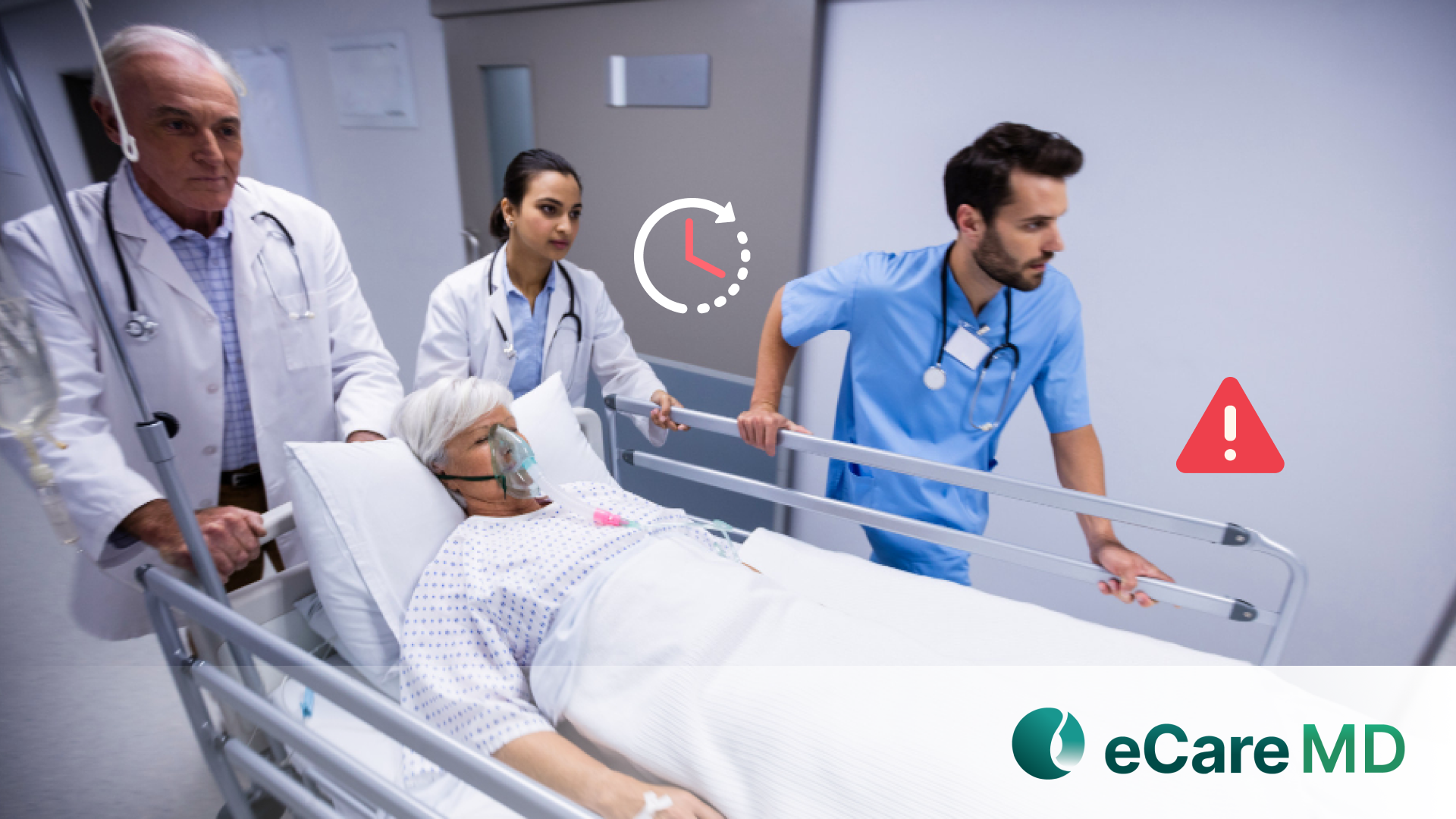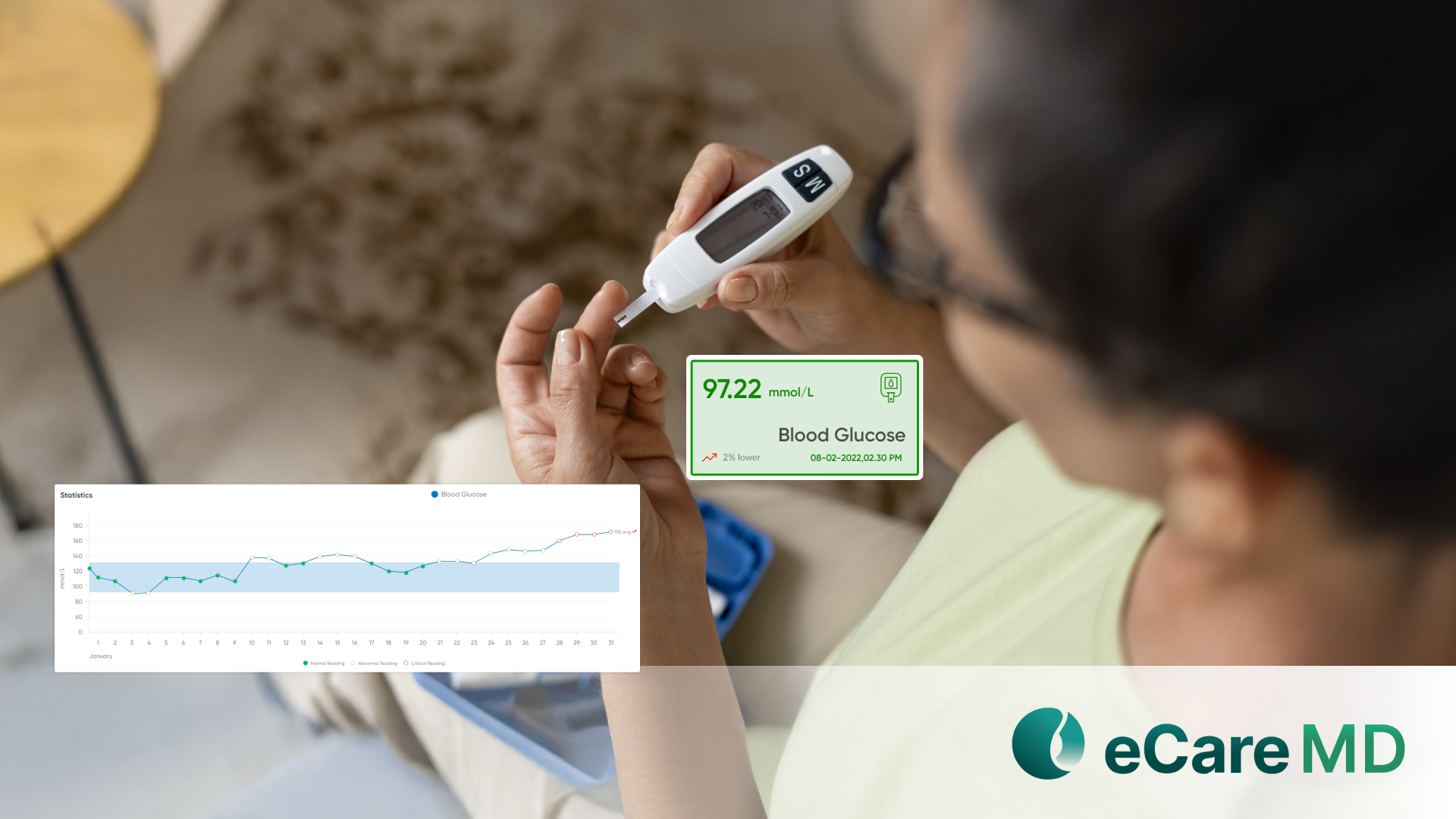Client Overview
The client is a home healthcare agency managing over 250 high-risk patients with chronic conditions such as hypertension, COPD, and diabetes. The agency provides in-home nursing and caregiver services, but lacks visibility into patients’ daily vital changes between scheduled visits, posing serious safety risks.
Business Challenges
1. Inability to Monitor Vital Signs Between Nursing Visits
Patients were only encountered via physical visits, making it impossible to track day-to-day vital signs like blood pressure, oxygen saturation, and glucose levels. Lack of these crucial vital data makes it difficult for providers to deliver the right intervention at the right time.
2. 30% of Patients Experienced Preventable Complications
A large percentage of patients faced complications such as medication mismanagement or delays in provider consultation due to late detection of symptoms. Without any workflow for remote patient encounters, the practice faced detachment from its patients, leading to poor quality of care.
3. Difficulty in Detecting Early Warning Signs of Patient's Critical Condition
Care providers were unable to identify early symptoms, as many patients lived alone, needed constant care, resulting in late emergency interventions. This puts the patient’s health at risk.
4. Staff Overwhelmed with Emergency Responses
Care providers and staff spent a huge amount of time responding to emergencies rather than providing proactive care. This rapid hospitalization model reduced overall care quality and increased providers' burnout.

Solution
The Client agency had a meeting with Medarch’s business analyst team to implement the eCareMD Remote Patient Monitoring (RPM) platform, which is designed for home care needs. The solution focused on providing continuous vital monitoring and AI-supported early warning detection through device integration and centralized dashboards.
Solution Highlighted
1. Live Vital Sign Monitoring with Seamless Device Connectivity
Patients were provided with medical devices (e.g., BP monitors, pulse oximeters, glucometers) from different vendors, which provide real-time readings directly to the eCareMD dashboard. This gives daily visibility into patient health outcomes without the need for visits.

2. AI-Powered Risk Alert System for Early Deterioration Detection
The platform includes AI features to detect unusual trends in vitals and automatically generate early-warning alerts with risk identification. This allowed care providers to act before the patient’s condition became critical.
3. Automated Escalation Workflows and Care Coordination
When critical situations occurred in patients' vital signs, alerts were sent to the allocated care manager or physician for immediate action plans. Follow-up care, including medication changes or emergency consultation, was provided by the seamless workflow of eCareMD.
4. Patient-Friendly Education and Reminders
eCareMD delivered daily medication and monitoring reminders, as well as providers assigned customizable education material to the patients, improving adherence and patient engagement.
Value Delivered
1. 55% Reduction in Unpreventable Complications
Continuous monitoring and AI alerts significantly lowered the rate of hospitalizations in critical situations due to early interventions and proactive care workflows.
2. Improved Patient Safety and Clinical Confidence
Client staff have reported increased confidence in care delivery from real-time data-supported rapid response to patient needs, even for patients in remote environments.
3. 38% Reduction in Emergency Visits
By detecting health symptoms early, the Client agency reduced unnecessary hospital visits and ambulance calls, minimizing the burden on both staff and patients.
4. Enhanced Staff Productivity
Nurses could remotely manage a larger patient population efficiently, with daily data insight and an AI-powered analytical dashboard to identify trends in patients’ outcomes, which improves care coordination across the agency.

